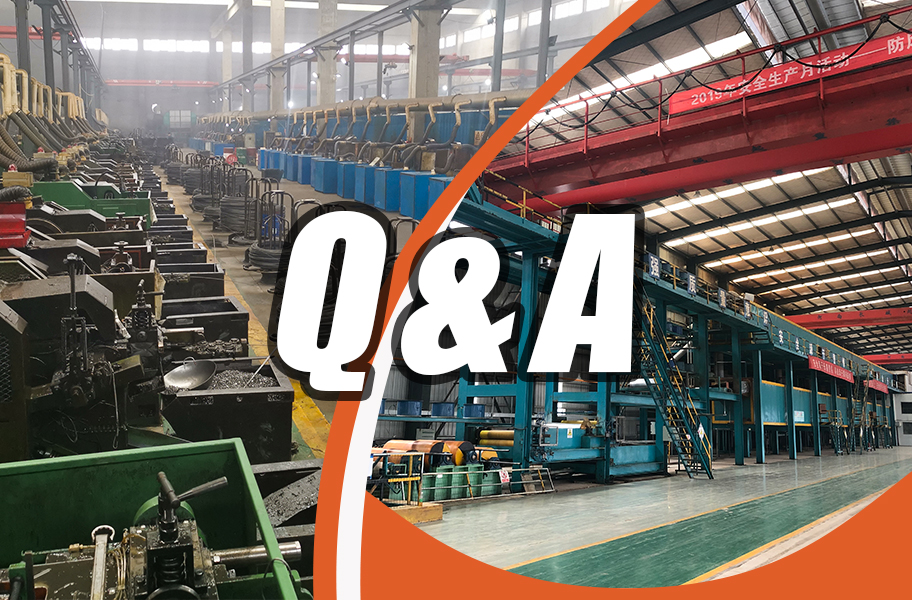
Drilling screws, often known as self-drilling screws, are a type of fastener designed to join materials, usually metal or wood, without needing a pre-drilled hole. They are equipped with a drill bit-like tip that allows them to cut through materials as they are driven in. Here are the main types and their uses:
Types of Drilling Screws
- Hex Head Self-Drilling Screws
- Features:
- Hexagonal head suitable for wrench or socket driver.
- Often includes a washer for better load distribution and sealing.
- Advantages:
- Provides high torque transfer.
- Ideal for heavy-duty applications.
- Uses:
- Attaching metal roofing to metal frames.
- Fastening metal panels and general metal construction.
- Features:
- Flat Head Self-Drilling Screws
- Features:
- Countersunk head for flush finish.
- Tapered underside to fit into countersunk holes.
- Advantages:
- Leaves a smooth surface, ideal for aesthetic finishes.
- Uses:
- Securing metal to wood in applications requiring a smooth surface.
- Installing hinges or brackets where a flat finish is needed.
- Features:
- Pan Head Self-Drilling Screws
- Features:
- Rounded top with a large flat bearing surface.
- Typically includes a cross or Phillips drive for easy installation.
- Advantages:
- Provides a large bearing surface to prevent pull-through.
- Uses:
- General metal-to-metal or wood-to-metal applications.
- Mounting brackets or fixtures.
- Features:
- Wafer Head Self-Drilling Screws
- Features:
- Flat, wide head for low profile.
- Thin head design for minimal protrusion.
- Advantages:
- Allows for a neater appearance with a low profile.
- Uses:
- Installing panels, trim, and fixtures.
- Securing metal sheets to metal or wood substrates.
- Features:
- Modified Truss Head Self-Drilling Screws
- Features:
- Wide, slightly rounded head.
- Often includes a Phillips drive.
- Advantages:
- Spreads load over a larger area, reducing the risk of material damage.
- Uses:
- Attaching thin materials like sheet metal to metal or wood.
- HVAC and general sheet metal work.
- Features:
- Winged Self-Drilling Screws
- Features:
- Wings near the tip create a clearance hole in softer materials.
- Wings break off when they reach the harder material.
- Advantages:
- Prevents splitting of wood and ensures a clean hole in soft materials.
- Uses:
- Joining wood over metal.
- Applications where clean, precise holes are necessary.
- Features:
- Stitching Screws
- Features:
- Small diameter with fine threads.
- Designed for minimal material displacement.
- Advantages:
- Ideal for lightweight and thin materials.
- Uses:
- Joining light gauge metal sheets.
- Overlapping metal sheets in roofing and siding.
- Features:
Specific Applications and Uses
Construction
- Metal Roofing and Siding: Hex head and wafer head screws are used to attach metal roofing sheets to metal or wood structures. These screws provide a strong hold and are resistant to weather conditions.
- Framing: Self-drilling screws are used to assemble steel frames quickly and securely, eliminating the need for pre-drilling.
Automotive
- Sheet Metal Repairs: Pan head and hex head screws are used for attaching and repairing metal panels on vehicles. They provide a strong, durable hold that can withstand vibrations and stress.
- Body Panels: These screws are used to attach body panels and other components without the need for pre-drilled holes, saving time in assembly and repair.
HVAC
- Ductwork: Self-drilling screws are commonly used in HVAC installations to assemble and secure ductwork. They ensure tight, secure connections that prevent air leaks.
- Mounting Units: Hex head and pan head screws are used to mount HVAC units and systems to walls or frameworks.
Electrical
- Electrical Boxes: Self-drilling screws are used to attach electrical boxes to metal studs or other structures, providing secure mounting points for electrical fixtures.
- Cable Trays: These screws are also used to secure cable trays and support systems, ensuring that electrical cables are neatly organized and supported.
Furniture Assembly
- Metal Furniture: Winged self-drilling screws are particularly useful in assembling metal furniture. They provide strong joints without the need for pre-drilling, speeding up the assembly process.
- Wood-to-Metal Joints: These screws are used to join wooden components to metal frames without splitting the wood, ensuring a strong and durable connection.
Advantages of Using Drilling Screws
- Efficiency: Self-drilling screws streamline the installation process by eliminating the need for pre-drilling holes. This saves significant time and labor costs.
- Strength and Durability: Designed to provide strong, reliable connections, self-drilling screws are ideal for applications that require robust fastening solutions.
- Versatility: Available in various head styles and sizes, self-drilling screws can be used in a wide range of materials and applications, making them highly versatile.
- Cost-Effective: The reduction in installation time and the elimination of additional drilling tools and steps make self-drilling screws a cost-effective fastening solution.

In summary, drilling screws are essential fasteners in numerous industries due to their versatility, strength, and time-saving characteristics. Whether in construction, automotive, HVAC, electrical work, or furniture assembly, these screws provide reliable and efficient fastening solutions for a wide range of applications.

